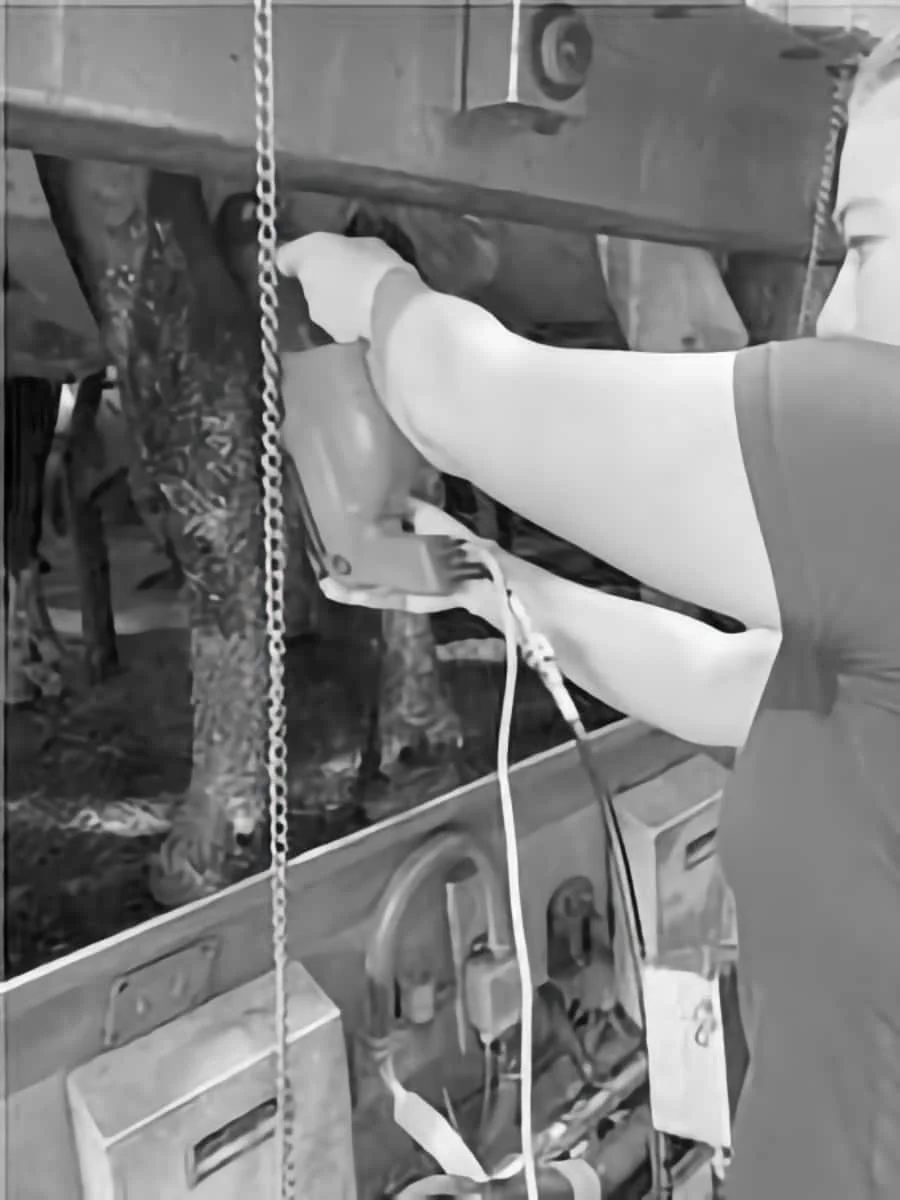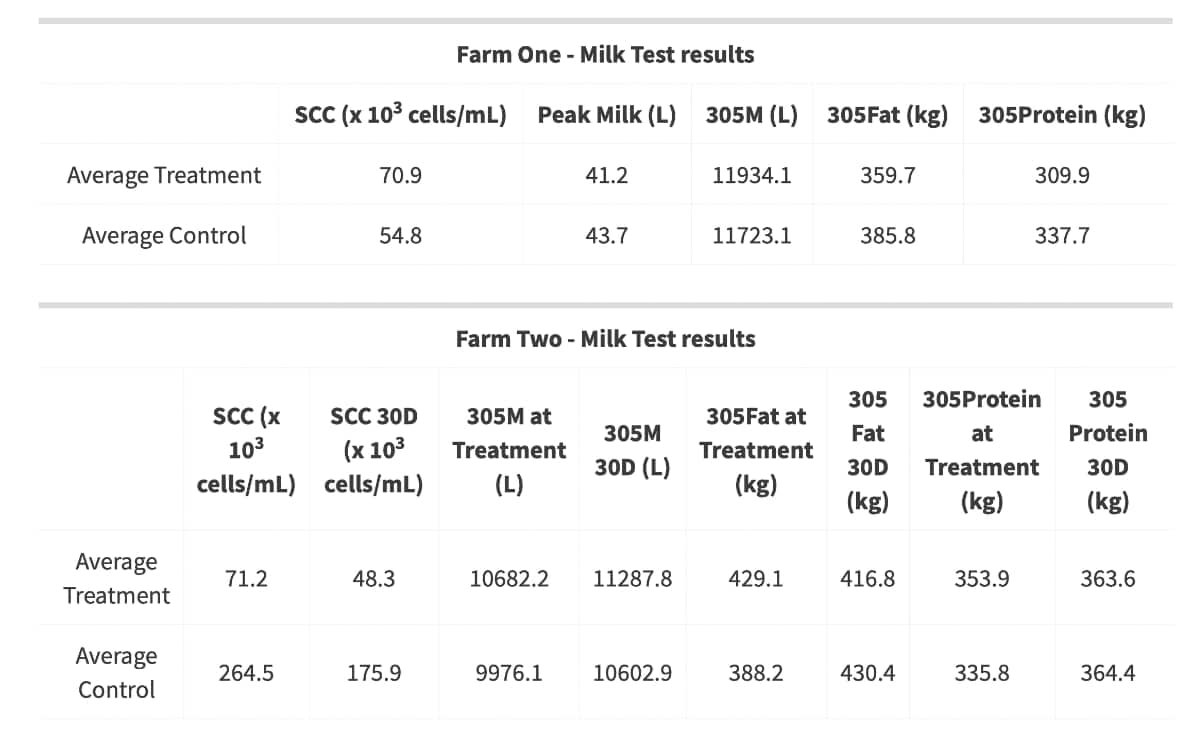Using Acoustic Pulse Technology in Dairy Cattle
By Adriane Good, MSc, AAg, Livestock and Feed Extension Specialist, Moose Jaw
Acoustic pulse technology (APT), mainly used in human medicine, has a new use for the livestock industry. This technology gives a shock wave to tissue that produces various biological effects, including development of new blood vessels, improved blood flow and oxygenation, and anti-inflammatory effects. Armenta has introduced an APT applicator for the treatment of mastitis and maintenance of udder health and persistent milk yield in dairy cattle. Their device is designed to use shock waves to improve the immune response in a cow’s mammary glands to improve the health of their udder. An ADOPT project was recently done to demonstrate APT’s effect on milk yield, milk component yield and somatic cell count (SCC) on two Saskatchewan dairy farms.
Using the APT applicator on a cow after milking.
Each farm used the treatment for three months. During this time, the farms randomly selected two or three cows between 18 and 35 days in lactation to be treated according to Armenta’s persistent milk yield method each week. Another two to three cows were randomly selected to be monitored but not treated. Each cow had their milk tested according to the farms’ regular protocol following treatment. Predicted milk fat and protein, predicted 305-day milk yield and SCC were evaluated. Farm One also collected peak milk yield data. Farm Two collected data at two milk tests following treatment.
Both farms showed an improvement in the predicted 305-day milk yield in the treated cows. The predicted 305-day protein and fat yield were higher in untreated cows on Farm One and the treated cows on Farm Two at the first milk test following treatment. On the second milk test, it was higher in the untreated cows, suggesting that the benefit seen on milk protein and fat production may not be sustained. Untreated cows had a lower SCC on Farm One, while Farm Two had lower SCC in treated cows. Overall, the SCC on both farms remained below 400,000 cells/mL, meaning neither farm was penalized for their somatic cell count.
Due to the short-term nature of the project, the effects of APT on the entire lactation were not measured. While the increased predicted milk yield on both farms and reduced SCC results on Farm Two looked promising, it is difficult to say whether acoustic pulse technology made a significant impact on each farm’s production.
In Saskatchewan, the current cost of APT is a barrier for uptake of the technology. Between the rental price of the applicator and air tank refills, the estimated total cost per cow was $60.97. Since there was no sustained improvement in milk fat production, there was no economic gain to the treatment.
Although there was no economic gain because of APT treatment, it is promising to see an increase in predicted milk production on both farms and decrease in SCC on Farm Two. There is potential for APT technology to be used as a treatment for sub-clinical mastitis and potentially clinical mastitis. However, due to the high cost of treatment, it may not be practical on Saskatchewan dairy farms. Further demonstrations with longer time frames would be beneficial to demonstrate how the technology affects milk production over the entirety of lactation.
For more information, contact your local livestock and feed extension specialist or the Agriculture Knowledge Centre at 1-866-457-2377.


